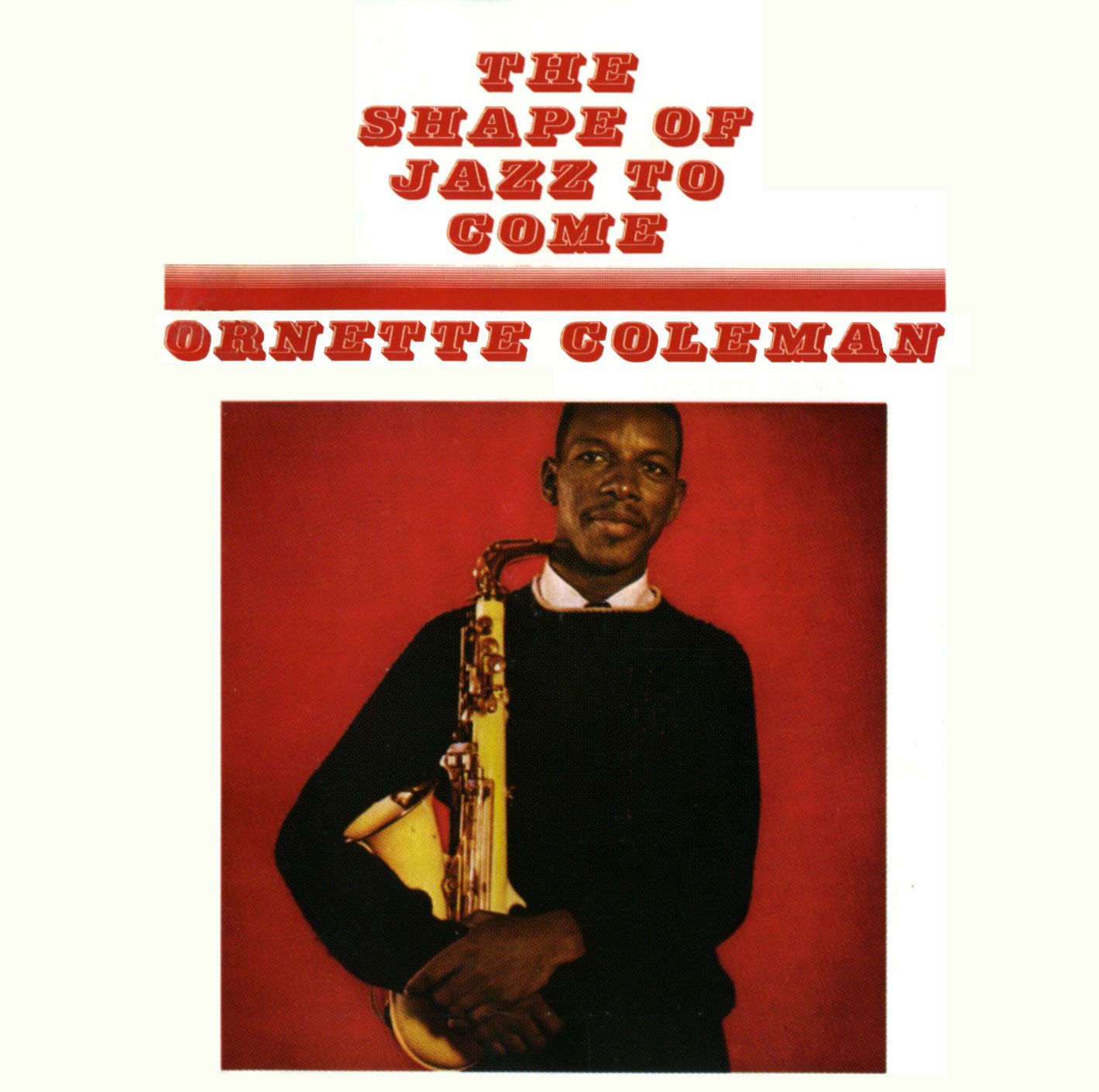
ORNETTE COLEMAN

June 11, 2015 THE NEW YORKER
Ornette Coleman’s Revolution
By Richard Brody
One of the main reasons why 1959 is often cited as a watershed year in modern art is the arrival of Ornette Coleman to New York; the release of his first major-label record, “The Shape of Jazz to Come,” in October of that year; and the beginning of his epochal gig at the Five Spot, in November. The radical nature of his work was in its newfound, hard-won simplicity. Coleman, who died on Thursday, was born in Texas, in 1930, and got started playing rhythm and blues. But his advanced ideas—and his idiosyncratic habits—got him into trouble, and he continued having trouble (including insults from critics and from such musicians as Miles Davis and Roy Eldridge) even when he became a seeming overnight success in late 1959 and early 1960, after ten years of struggle.
Coleman was a musician who always thought of his music in philosophical terms; in Shirley Clarke’s film, “Ornette: Made in America,” from 1985, Coleman discusses some of those ideas in detail; he does so, too, in this conversation with Jacques Derrida, from 1997. But the essence of Coleman’s philosophy connects it to the defining trait of philosophical thought from Socrates onward: the puncturing of shibboleths, the rational devaluation of concepts considered essential, the proof through reason that ideas and categories believed to derive from nature are merely convenient artifices and social markers and can easily be dispensed with. But those ideas and categories are dispensed with by those who cherish their freedom of spirit, and often at the cost of their social position. To expose familiar habits as fusty fabrications is to expose oneself to ridicule, as a weirdo, and to persecution, as a threat to the established order.
The order that Coleman overturned with, seemingly, a blast from his alto saxophone is, in a word, bebop. Not that he didn’t love the music of Charlie Parker. (They narrowly missed playing together at a Los Angeles club in 1951 or 1952.) Coleman said, “I wanted to have the experience of him hearing what I had done, because by the time we met, in 1951 or ’52, I was really into what I did later on my own records.” Coleman’s frequent musical collaborator, the trumpeter Don Cherry, explained what went wrong: “When he got to the club, they wouldn’t allow him in because of his long hair.”
Parker took the harmonic structures of popular songs, and of his own compositions, and complexified them, extending the range of improvisations into exotically chromatic realms. But as far as Parker’s solos may have ranged, he and his fellow musicians kept the structure of the tune in their heads, matching chords to bars and replicating, in chorus after chorus, the underlying musical architecture of the composition. Coleman’s idea was to play the melody. He didn’t get rid of the notion of harmony—he and his musicians created magnificent contrapuntal interweavings—but he got rid of the idea of a fixed series of chords that matched to a fixed series of bars and to particular beats within bars. Coleman composed melodies that had wondrous harmonic implications—and he and his bandmates adopted those implications freely, as the inspiration struck them.
Coleman was from Fort Worth and he grew up hearing and playing the blues. Much of his music was inspired by the blues, and the first thing that strikes a listener, upon hearing the 1959 recording, “The Shape of Jazz to Come,” is that, as radicalism goes, it’s damn catchy. The sobriquet “free jazz” may have been an apt slogan for what Coleman was doing, and it became the title for his 1960 album that was built around collective improvisations by Coleman’s “double quartet” (in practice, it featured individual solos punctuated freely with interjections from three other horn players), but much of what Coleman and his fellow musicians chose to do with their freedom involved irresistible melodic invention and deeply swinging grooves.
Yet to working musicians whose sense of form and craft were deeply ingrained—and whose personal artistry and place in the profession were built on improvising on the harmonies of songs—Coleman, for all his lyrical inventiveness and rhythmic drive, was a threat. Jazz could suddenly dispense with their techniques—and when Coleman became an instant succès de scandale, battle lines and generational lines were drawn.
Just as, at the very same moment, the French New Wave swept away many of the conventions of filmmaking while honoring its greatest artistic traditions, Coleman inaugurated a new era in jazz that rendered it instantly pliable to a generation of musicians whose background differed from that of classic artists. The club scene was withering; local bands were often supplanted by recordings; rock and roll had risen to take the place of jazz-like music as the central popular style; and younger musicians were likelier to have conservatory training. The instant, across-the-board freedom that Coleman heralded and that he put into action opened the door to a panorama of possibilities.
By 1962, he had composed a string quartet, while also playing with a trio that meandered through tempi and rhythms with him in vast organic compositions developed on the wing. His trumpeter, Don Cherry, became one of the early avatars of world music; the bassist in his famous quartet, Charlie Haden, became one of the key figures in a sort of archeologically eclectic classicism; and Coleman’s own music took visionary turns (as seen in Clarke’s film) that involved technological and sociological experiments, symphony orchestras, international cross-pollination, and, in the nineteen-seventies, plugging in with a band that featured multiple electric guitars and a new theory that he called “harmolodics.” (He spoke to The New Yorker’s editor, David Remnick, about it in 2000.) Here’s a remarkable early example, from 1978, of its power. It features the guitarist James “Blood” Ulmer, one of the avant-funk masters.
But if there is, above all, one core word for Coleman’s achievement, it’s passing from the realm of music—with its social and conventional implications—to the realm of sound. Coleman broke through style and structure to seek sound. He himself had a sound like no other (initially, playing a plastic saxophone). Coleman is instantly recognizable from a single note, and that sound—separated from the theoretical apparatus of music, from the modes of the profession, from the critical categories of jazz—is inseparable from his very being. Coleman’s liberation of jazz was intimate and personal from the start, for listeners and musicians alike.
@Brody The New Yorker
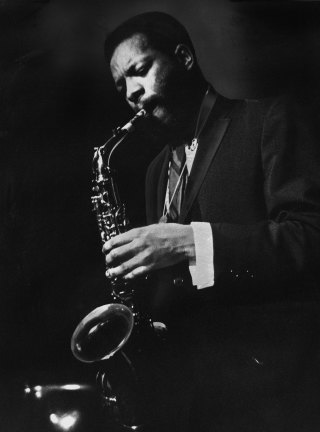
Photograph by Sam Falk/The New York Times/Redux
PHIL SCHAPP ON ORNETTE COLEMAN: BROADCAST
WKCR ORNETTE COLEMAN MEMORIAL BROADCAST: completed
LISTEN:
THE SHAPE OF JAZZ TO COME ( 1959) : THE FULL ALBUM
David Hammons:
"The music is the only true culture that's come out of America, jazz," Hammons said. "I'm much tied to that, much more than I am to visual arts. My heroes are Charlie Parker, (Thelonious) Monk and Billie Holiday, (Charlie) Mingus and (John) Coltrane and Ornette (Coleman). These people. I have to go through what they went through. I'm not going through what (Willem) de Kooning or Jackson Pollock or Larry Rivers or (Roy) Lichtenstein did. I can't use them as role models. It's absurd for me to think I'm going on that gravy train. So I align myself with international heroes, not American heroes. These (musicians) are all international heroes, all around the world. They're not just SoHo heroes."
Artist Molds His Message From 'Rubble' Working With The Detritus Of Everyday Life, David Hammons Creates Works That Delight, Provoke - And Often Disturb.

David Hammons Chasing the Blue Train
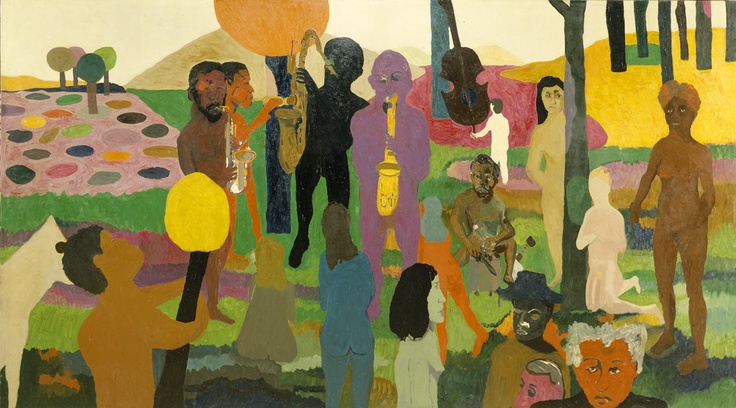
Bob Thompson Garden of Music, 1960
TERRY ADKINS:
" In other words Ornette Coleman has a saying in one of his songs that says "don't race my face to class my ways". Living in America...that would be a great achievement - to have that occur. Although I feel that particularly in New York City, or in many other urban centers, that it rarely does because of the negative images projected of Black men and the fear generated in cities by the images they see in the media."
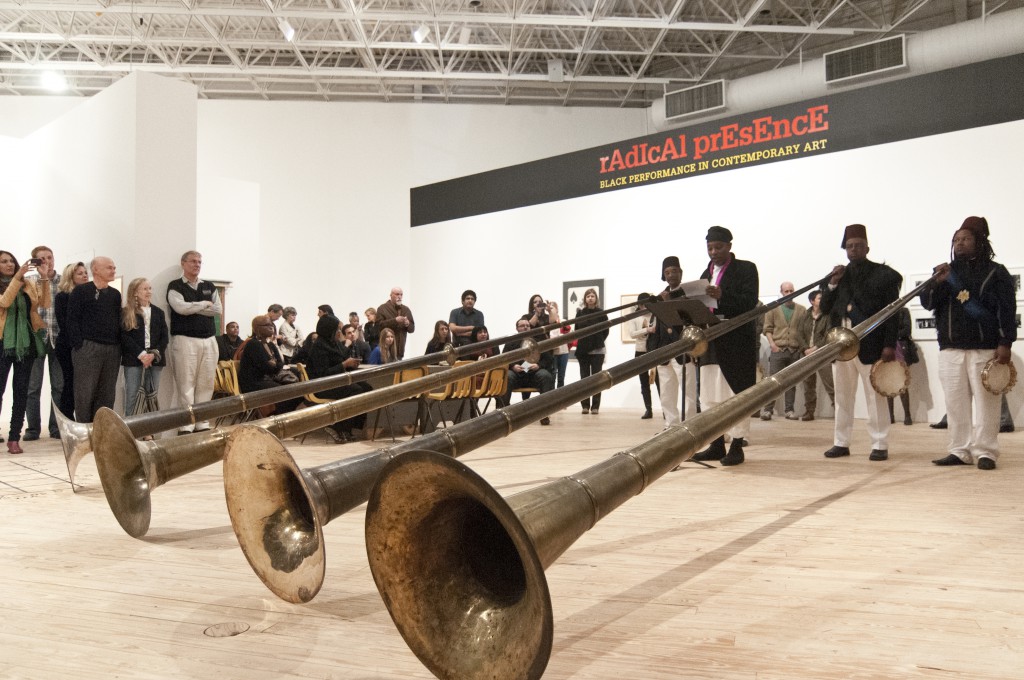
Terry Adkins
Jacques Derrida Interviews Ornette Coleman/Sound has a much more democratic relationship to information: link
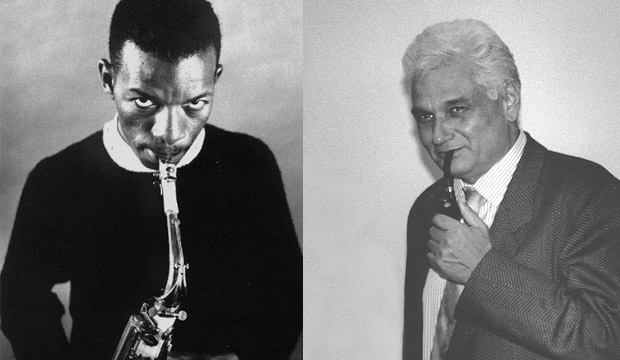
COLEMAN AT PROSPECT PARK
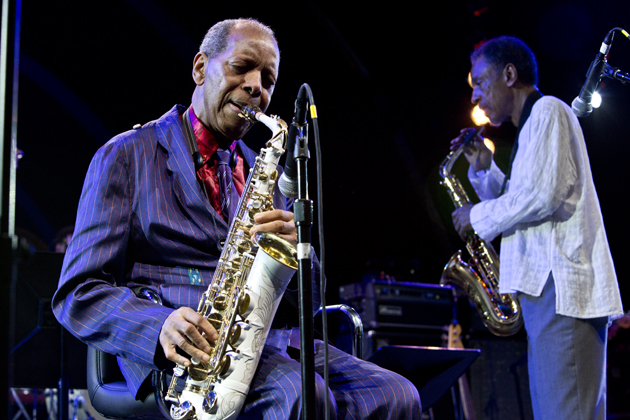
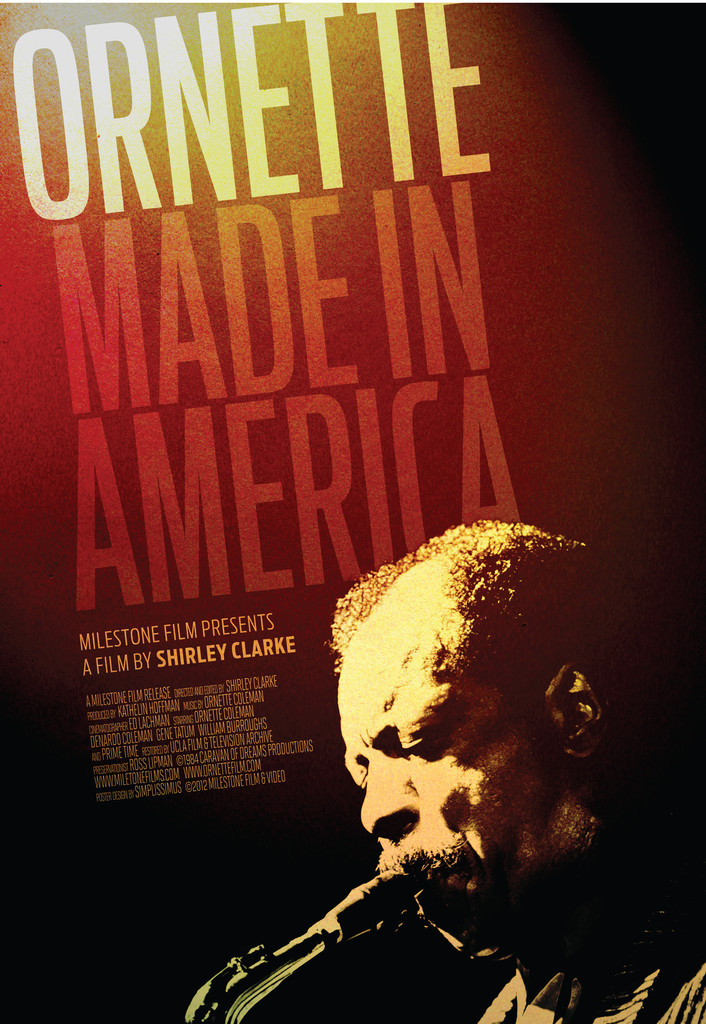
SHIRLEY CLARKE ORNETTE MADE IN AMERICA
Ornette: Made In America captures Ornette’s evolution over three decades. Returning home to Fort Worth, Texas in 1983 as a famed performer and composer, documentary Video-style segments ever made, chronicle his boyhood in segregated Texas and his subsequent emergence as an American cultural pioneer and world-class icon. Among those who contribute to the film include William Burroughs, Brion Gysin, Buckminster Fuller, Don Cherry, Yoko Ono, Charlie Haden, Robert Palmer, Jayne Cortez and John Rockwell.
The innovative techniques that director Shirley Clarke and producer Kathelin Hoffman employed in this film very closely parallel the music of the man who is its subject. Clarke defied traditional documentary formats to reveal Ornette’s extraordinary vision through her equally extraordinary filmmaking artistry.
Critically acclaimed when it released in 1985, the film is even more significant today, as Coleman’s influence has increased, while Clarke and Hoffman’s interpretation of his life and times remain as fresh and exciting as ever.
The film focuses on the struggles and triumphs of Ornette Coleman’s life as well as on the inspired intelligence that spawned his creativity and ensured his success. Clarke’s footage includes Ornette in conversation with family and friends; excerpts of interviews, riffs and travels, along with footage of his performances—in his hometown of Fort Worth, TX, in New York, in Morocco and beyond.
Ornette: Made in America explores the rhythms, images and myths of America seen through they eyes of an artist’s ever-expanding imagination and experience.